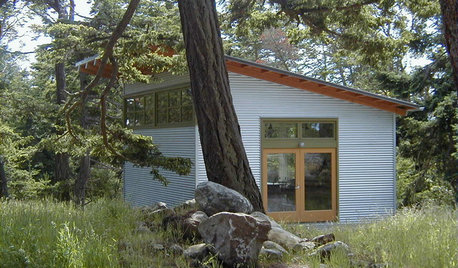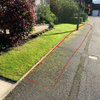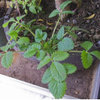How To Maximize the Use of Burn Out
chipster_2007
11 years ago
Related Stories

REMODELING GUIDES10 Tips to Maximize Your Whole-House Remodel
Cover all the bases now to ensure many years of satisfaction with your full renovation, second-story addition or bump-out
Full Story
CONTEMPORARY HOMESHouzz Tour: Sonoma Home Maximizes Space With a Clever and Flexible Plan
A second house on a lot integrates with its downtown neighborhood and makes the most of its location and views
Full Story
VACATION HOMESHouzz Tour: 3 Small Buildings Maximize Nature Views
This Washington artist's island trio treads lightly on the land, opens up to water and forest vistas, and offers privacy
Full Story
ORGANIZING10 Clever Ways to Maximize Space
Make More Room by Stacking Beds, Ditching Nightstands and Climbing Ladders
Full Story
MORE ROOMSDecorate With Intention: 10 Ways to Maximize a Small Space
Pint size can be just as pleasing to the eye when you work in the right colors and design elements — and, of course, a mirror or two
Full Story
HOUZZ TOURSHouzz Tour: Space-Maximized Victorian in Toronto
Thoughtful storage and an eye for color and pattern help a Canadian designer fashion a quirky, modern home
Full Story
14 Ways to Maximize a Skinny Space
Transform a Narrow Spot With Clever Design, Space Savers and Tricks of the Eye
Full Story
FURNITUREOn Trend: Max Out Function With Double-Use Seats and Sleepers
Have your seating with a side of storage or just maximize your options with these versatile chairs, beds and furniture systems
Full StorySponsored
More Discussions










Kimmsr
Tiffany, purpleinopp Z8b Opp, AL
Related Professionals
Prairie Ridge Landscape Architects & Landscape Designers · South Orange Landscape Architects & Landscape Designers · Alamo Landscape Contractors · Del Aire Landscape Contractors · Gloucester Landscape Contractors · Holland Landscape Contractors · Longview Landscape Contractors · Nashua Landscape Contractors · Painesville Landscape Contractors · Parker Landscape Contractors · Shaker Heights Landscape Contractors · Waldorf Landscape Contractors · New Carrollton Landscape Contractors · Eastlake Landscape Contractors · Raytown Landscape Contractorsmorz8 - Washington Coast
Tiffany, purpleinopp Z8b Opp, AL
Kimmsr
melsor
Kimmsr